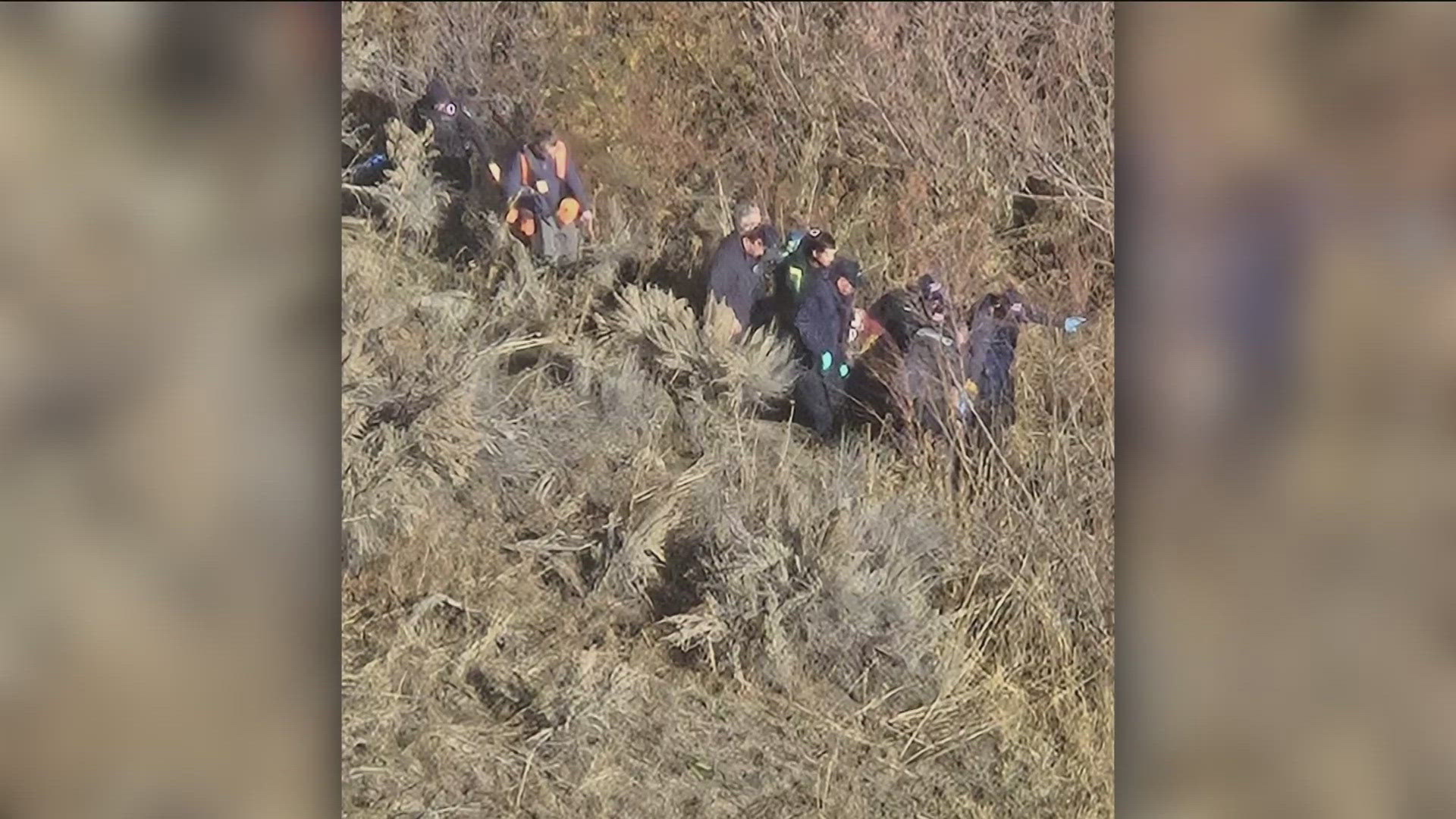MERIDIAN, Idaho — This article originally appeared in the Idaho Press.
Meridian is moving forward an ordinance that will bring Meridian’s “dangerous dog” classifications in line with Boise and other entities in the Treasure Valley.
A spokesperson said a first reading of and public hearing on the ordinance is likely to happen on Nov. 1.
Currently, any dog deemed dangerous is put down or removed from the city, according to Tiffany Shields, Idaho Humane Society animal care and control director.
“Euthanasia isn’t always the only solution and two, moving it out of the city just makes it someone else’s problem,” Shields said during Tuesday’s Meridian City Council work session. “This ordinance does allow for a dog that has been declared dangerous to meet conditions and restrictions.”
In other words, a resident can continue to own their dangerous dog as long as they follow certain boundaries, such as implanting a microchip, getting dog liability insurance and keeping the dog within an enclosure on their property, according to a draft version of the ordinance.
The resident would also have to post signs announcing there was a dangerous dog. If they leave their property, the draft ordinance said, the owner must keep their dog on a leash three-feet long or shorter and put the dog in a muzzle.
However, this ordinance also distinguishes between dangerous and at-risk dogs. For at-risk dogs, there are fewer restrictions, including allowing up to a six-foot leash. That’s because “at-risk” is a lower level of concern than “dangerous.”
There are three qualifiers to an at risk-dog: First, a dog that has bitten or attacked someone unprovoked but without causing a serious injury. Second, a canine that while at-large and not at home, killed or harmed a pet without being provoked. Third, has previously been classified as an at-risk dog.
“Basically a dog gets one free bite as long as it’s a minor bite,” Shields said. “It didn’t require sutures, they didn’t require medical treatment, then they’re an at-risk dog. So the second bite makes them eligible to be declared dangerous.”
But a dog can be declared dangerous after one bite, if the bite causes a serious injury, she continued.
“I want to thank you for that explanation because I thought that’d be terrible to have, you know, worst case scenario, a child killed by a dog. ‘Well, that’s at risk now and we can’t do anything,” Councilmember Brad Hoaglun said. “Well that works.”
There are four qualifiers to a dangerous dog in the draft ordinance. First, a dog that has inflicted serious injury to someone without justified provocation. Second, a dog that has previously been declared at-risk and then bites or attacks someone without justified provocation. Third, has previously been declared dangerous and finally has previously been declared at-risk and then while not on its own property hurts a pet.
Not every dog that bites or attacks someone is going to be declared dangerous. There are situations in which dogs can be provoked.
“There are reasons dogs cannot be declared dangerous and protecting their home, if the victims engaged in an unlawful activity, we’re not going to declare that dog dangerous,” Shields said.
Others include if the dog was protecting or defending someone from an attack, if the victim was abusing or tormenting the dog or had done so in the past or the dog was responding to pain or injury or protecting its children.
One big change is to the appeal process. Right now, the only appeal option is through the chief of police. This proposed ordinance would have an administrative appeal process where owners can bring evidence and witnesses. The hearing officer would make a decision, and from there, the owner would go to the courts if they continue appealing.
“The owner has the right to bring witnesses who also witnessed the bite and they say, ‘no, the victim was beating the dog at the time of the bite,’” Shields said. “They can even come in and say ‘it wasn’t my dog. You have the wrong dog.”
Watch more Local News:
See the latest news from around the Treasure Valley and the Gem State in our YouTube playlist:



